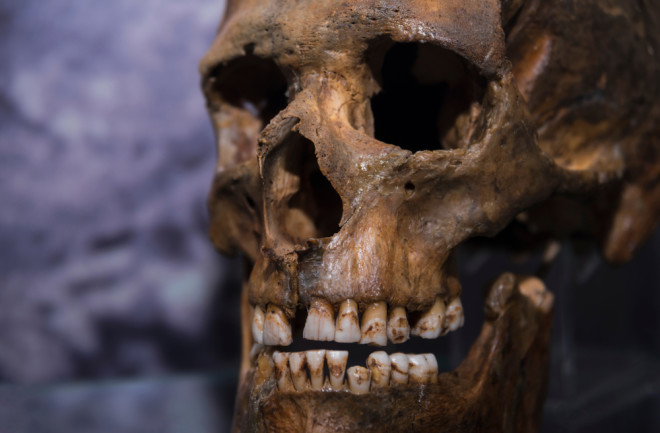This article was originally published on Nov. 17, 2021.
Humans weren’t always alone on our branch of the primate evolutionary tree. Among our closest cousins, none are better known than the Neanderthals.
Once, the name was an insult we applied to our fellow Homo sapiens — we considered Neanderthals a less sophisticated and intelligent version of ourselves. That view has shifted over time, as has the nature of investigations into the ancient humans’ mysterious disappearance.
While we still can’t be certain, it’s possible that Neanderthals slipped away by chance. Their small, isolated populations scattered throughout Eurasia were always on the brink of extinction.

